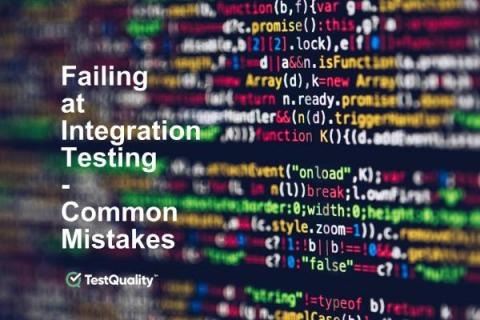Systems | Development | Analytics | API | Testing
%term
Overview of the Fall '21 release
Accelerating Digital Transformation Through the Cloud
10 Common Dashboard Design Mistakes and How to Avoid Them
Mobile accounts for over half of total revenues, but still lacks investment
As a part of the research for our latest report about mobile product success in finance and banking, we talked to leads of mobile teams and asked three crucial questions. Check out the results!
How to Prepare Your Workforce For the Future Data-Driven Enterprise
The digital revolution has truly transformed modern organizations, embedding data and analytics in every business process and customer interaction. Advances in technology enable smart supply chains with predictive analytics, automated logistics for same-day delivery, and AI advisors that reduce medical errors. As this continues, workers in all roles will need new a new skill—data literacy—to collaborate with these systems and each other.
3 Challenges Facing the Lending Market and How to Overcome Them
The financial services industry, like so many others, has undergone long-lasting changes in recent years. With the emergence of new technologies, new regulations, and unprecedented market changes, institutions have had to contend with unpredictability and rising consumer expectations. To effectively manage constant change, financial firms have to find a way to balance innovation and efficient process execution with risk.
Cloud Integration 101
Businesses and organizations of all types have embraced cloud integration to transform data into business intelligence. The reason for this is simple: more and more business operations are happening in hybrid cloud — or even fully cloud-to-cloud – environments, and without proper tools to manage data in the cloud, data can become siloed, overlooked, or lost altogether.
Failing at Integration Testing: Common Mistakes
Integration tests are slow and difficult to maintain because they have substantially more system touch points than unit tests and hence change more often. These elaborate or sophisticated tests provide a role that unit tests cannot replace, thus there is no way to avoid creating them while focusing solely on unit tests.
Customer Journey KPIs You Must Know
The KPIs that apply to each product are as different as products come. There are infinite variables that come into play when determining what exactly a KPI should be. Because these KPIs are centered around customer journeys, they are all user-based and purposely omit technical-based KPIs (such as crashes or errors). In a recent article in our Product Analytics Academy, we covered what makes a strategy a good one when understanding and choosing relevant metrics to form KPIs based on product analytics.











